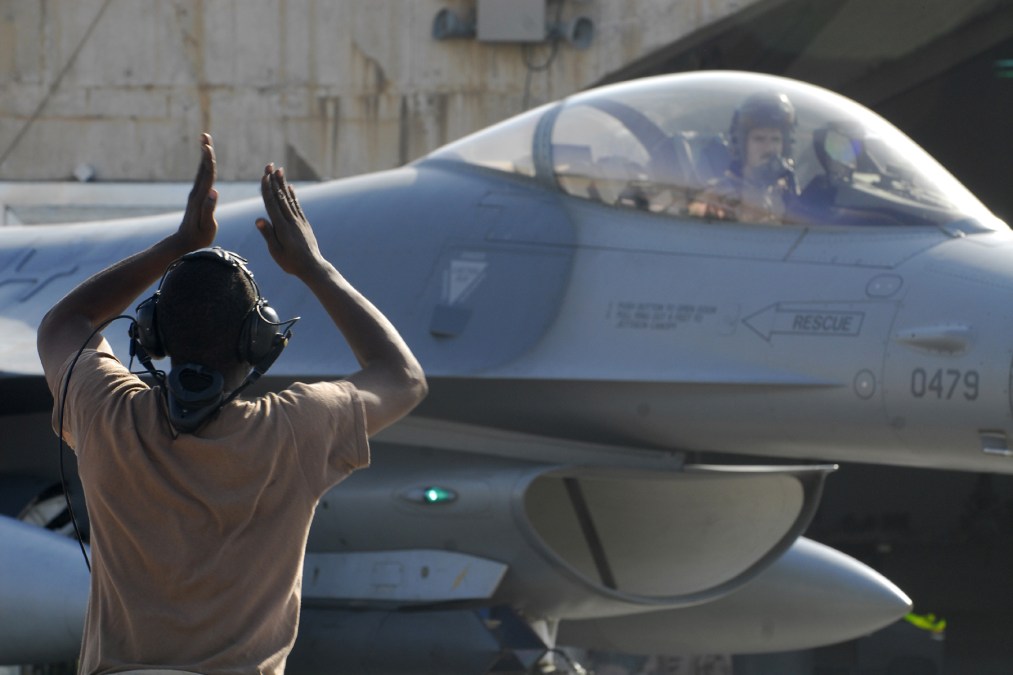Air Force rolls out new software for flight planning using Cloud One

The Air Force unveiled Tuesday new software that it has been developing that it says will optimize flight planning using its internal cloud provider, Cloud One.
The software, dubbed Joint Open Mission Systems Core Mission Planning (JOMS CMP), is not billed for full deployment until 2027, but the development team at Hanscom Air Force in the interim will work to update the legacy system currently in place. The system being replaced is used to schedule when aircraft take off, get refueled in flight and their directions in the sky.
The software will “provide a more tailored planning session that integrates squadron and user preferences, which reduces workload and optimizes fuel usage,” Jeff Flowers, program manager at Hanscom AFB, said in a press release.
The new software is designed with Joint All Domain Command and Control (JADC2) in mind, the military’s strategy for making an internet-of-things connecting platforms across land, air, sea, space and cyberspace. The idea is that with a cloud-based, modernized software suite being used to plan flight patterns, that data will be more easily sharable. Linking data between machines is core to JADC2, which aims to use artificial intelligence to sift through all the data and be a decision making aid to commanders, and even let machines make some decision themselves.
The old software, Joint Mission Planning System (JMPS), does not provide the flexibility to plan missions in the type of coordinated way called for in the Joint Warfighting Construct that the JADC2 strategy and family of technologies was borne out of.
“We are working to modernize JMPS with a service-oriented architecture that will increase speed, automation, and improve user experience,” Emily Coppin, Airspace Mission Planning Division, program manager, said in the release. “By incorporating a process that is shaped by user feedback, we have been able to synthesize requirements four times faster and provide more flexible and efficient management of developer resources. Through this JMPS sustainment effort, we have been able to shift, even in that old architecture, to a far more agile approach to mission planning software development.”
The software team is also collaborating with the Navy’s Air Combat Command and other organizations in across he military. The idea is the more collaboration on the software, the more interoperable and aligned with the JADC2 technical infrastructures being developed by the Joint Staff it will be.
The Air Force has worked on similar tech in the relatively low-stakes world of flight scheduling, using the data-rich task to test the waters on new data-based tech. In 2019 it signed contracts for using machine learning platforms to optimize pilot training logging. Eventually, the Air Force wants to use machine learning, AI and cloud-based software in applications directly related to waging war.






